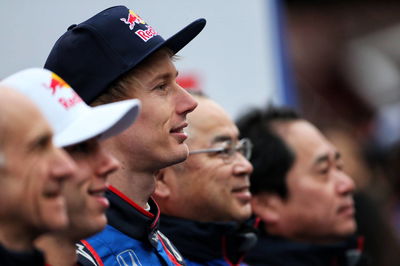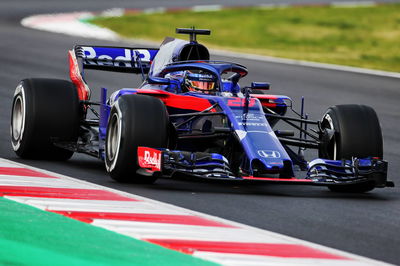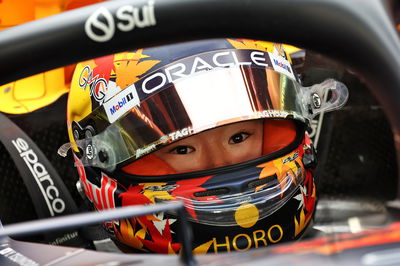Hartley: Honda want no reliability issues for start of F1 season
Brendon Hartley has revealed Honda wants ‘no reliability issues’ over the first part of the 2018 Formula 1 season and has given a glowing report to the debut of the Toro Rosso STR13.
Toro Rosso has begun its new engine partnership with Honda after a bitter split from Renault at the end of last season and Hartley impressed on the opening day of F1 testing with a marathon 93 laps completed with a best lap of 1m 22.371s before the wet weather set in.

Brendon Hartley has revealed Honda wants ‘no reliability issues’ over the first part of the 2018 Formula 1 season and has given a glowing report to the debut of the Toro Rosso STR13.
Toro Rosso has begun its new engine partnership with Honda after a bitter split from Renault at the end of last season and Hartley impressed on the opening day of F1 testing with a marathon 93 laps completed with a best lap of 1m 22.371s before the wet weather set in.
Having completed a debut day of F1 testing with Honda without an technical issues, Hartley says the key focus for the Japanese manufacturer has been curing its unreliability after three years of frustrating during its previous partnership with McLaren.
“We were first out on track and up until the rain hit and we boxed we’d done the most laps, we had no reliability issues and I think that’s the target for Honda, especially for this first part of the season,” Hartley said. “It was really positive today and drivability was great and there’s really no complaints. A perfect start from that point of view and hopefully we can build on that.”
Hartley says he spent the opening test day running “very close to the limit” but was aware of avoiding mistakes in order not lose valuable track time for his team at the start of its new working relationship. Honda’s unreliable engine during pre-season testing effectively ended its McLaren partnership with Fernando Alonso threatening to walk away from the team after a disastrous two tests at Circuit de Catalunya.
“We’re all very close to the limit I can assure you of that, otherwise the tyres wouldn’t work,” Hartley explained. “I think I as a race driver in F1 you are never less than 98 percent. It’s the last two percent where things can go wrong but to get the right feedback and to get the right data we have to be going more-or-less as fast as we can.”











